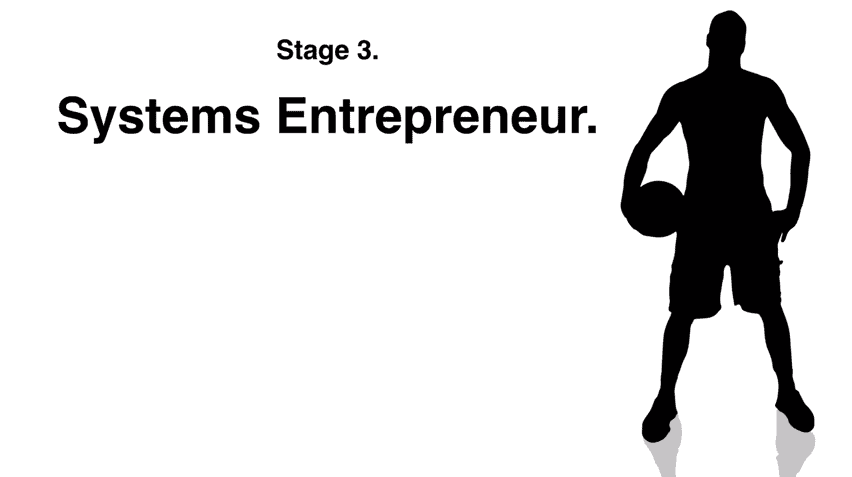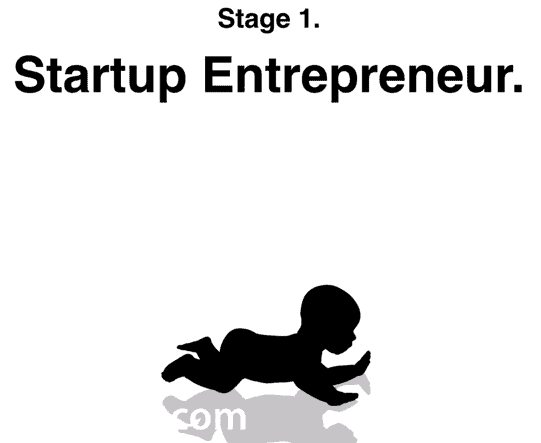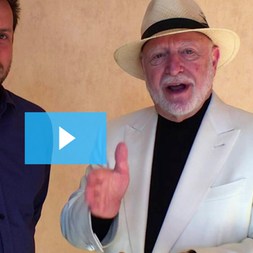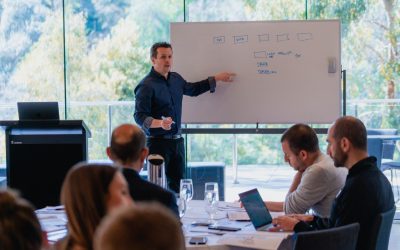David Jenyns will fill you in on four types of entrepreneurships that he has identified. This will help you to recognize the type of business that you are operating, and provide you with insight on how maximize your time and grow your business to its best potential. Watch it below:
Want to learn more from our systemHUB live workshop? Sign up now for your free systemHUB trial – click here.
Video transcript:
One of the first things you probably need to do is think a little bit about doing a stock take on yourself, right now. At the start of the day, its probably a good idea to think about where you are right now in your business. Once you figure out where you are, and you figure out what that next step looks like, it becomes easier to know which steps you need to take.
I developed this thinking model called the four stages of entrepreneurship. I’ve talked about it only once before. There are four stages. You’ve got the startup entrepreneur, the proven entrepreneur, systems entrepreneur and the complete entrepreneur. So as we go through this, just try to recognise in yourself, which characteristics you’re exhibiting. You might have a few from a couple of the different stages. That will help you to then think, what needs to be in place to move into that next stage?
The start-up entrepreneurs are the entrepreneurs who have loads of ideas. They typically have very little focus. They’re jumping from one thing to the next, a little bit like an opportunity seeker. They’re trying to please everyone because they don’t have a defined target market or they don’t know what product or service it is that they are selling.
In this first stage, they’re oftentimes chasing the work to get the work. It is usually the solo entrepreneur and they’ll get the work and do the work. Then once the work is done, they start chasing the work again. They go round in circles between doing work, chasing to get work, doing work, chasing to get work.
Now the biggest leverage point at that time for the start-up entrepreneur is you. Usually you’re the solo entrepreneur or you might be working with a couple of different contractors.
Then you move through and quite a few of you might be in this stage. You become the proven entrepreneur or you want to become a proven entrepreneur. You start to get more focus because you know what it is you’re selling and you know who it is you’re selling to. You’re already starting to get some good results. You’re getting clients giving feedback to you saying, yes, you’re on the right track.
At this point, you want to make sure that the concept, the product you’re selling, is one that marketplace actually wants. In that first stage, you have no idea, but now you’re getting a bit more of an idea. But you’re still wearing all of the hats in the business. You’re the sales person, you’re the accounting person, you’re the customer service. You’re still doing some of the work. You’re jumping a lot around the business.
Often times you think the intuitive thing, this is where people get stuck. They’ll think, for me to move through to the next stage, all I’ve got to do is sell more product. So they’re focusing on gross, not profit. Just because you’re selling more, doesn’t mean you’re making more.
It’s a little bit counter- intuitive. You need to first make sure what you’ve got is solid and sound. Make sure the numbers are sound before you start to scale and do some of the things we talked about later. If you don’t have that foundation in place, if you do end up selling more, you’ll break the business because then you can’t deliver through to the client. So it’s very important to make sure you keep an eye on those numbers.
Then stage three is when you’ve got a good lead flow. This is the systems entrepreneur. You have consistent leads coming in to the business. But you’re very task- driven, you’re just doing to-do lists and you’re delegating work to different assistants. It feels like you’re spinning plates.

You spend half the day keeping your team busy. By the time you get to the end of the week and you’re spinning that last plate, you’ve got to jump back to the first plate and start spinning it again to keep them busy. Otherwise nothing gets done. This means you don’t actually ever free yourself up to do any work.
Has anyone found themselves in that place? Yes. The idea of stage two and three, a lot of people will fall into that category. Again, it’s like the counter-intuitive insight that will move you through to the next level. You think, ok, we’re so busy, all I’ve got to do to break through to that next stage is I just have to hire another staff member. Then they can handle some of my work.
That doesn’t help you. That just means you’ve got another plate to spin. Really to break through to the next stage, you have to have systems and processes in place, so then you can get things done without you being a critical piece in actually getting it done.
Particularly in those last two stages, this is where people think, oh, this is how I move through but it’s where they actually get stuck.
The final stage is the complete entrepreneur. That’s when the business starts to run without you. You’ve freed yourself up and youre starting to make passive income and buying your time back by having these processes and procedures in place and having the business work without you.
In the previous stages, the way you make money is cash flow. Cash flow comes in and you’re effectively swapping time for dollars. When you move into this final stage, where you actually make most of your money is in a capital event. It’s when you either sell the business or sell an asset. That is when you get your big payday.
That is the fourth stage. You’re not swapping time for dollars. But you still have to move through each of those stages because you need cash flow. You have to put food on the table and a roof over your head and so on. You’ve got to get cash flow.
But you’re really working up to the point where you can then start to deal in terms of assets and then buying and selling assets and that’s where you get your really big payday.
Do you want to learn how to get your business on track for maximum growth and make the most of your time? Sign up for your free systemHUB account by clicking here.










